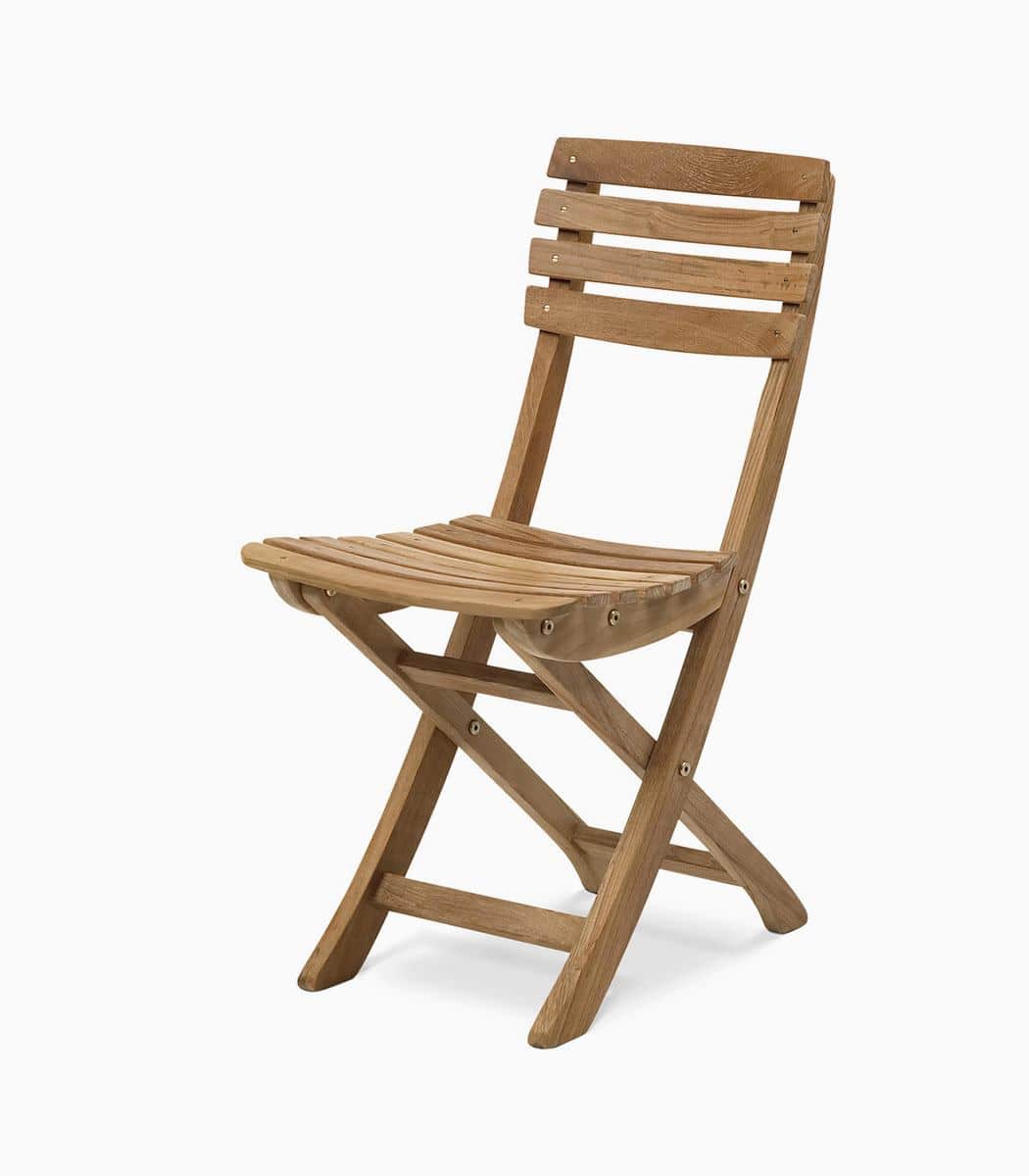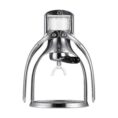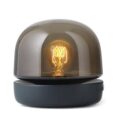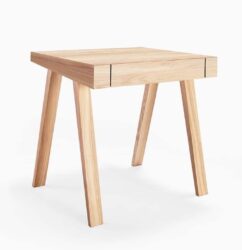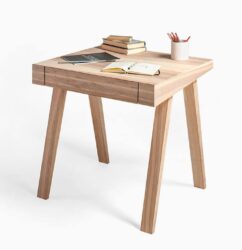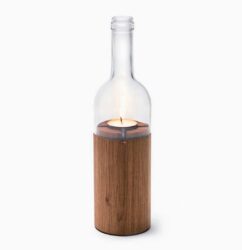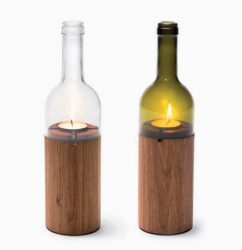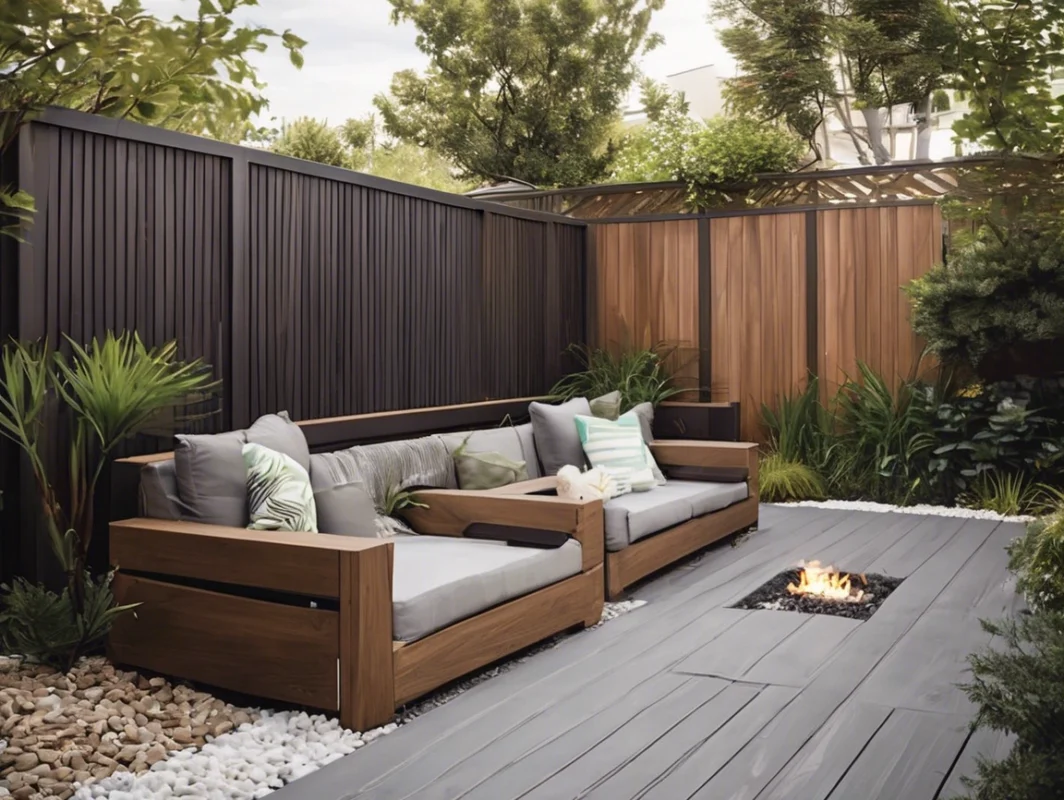Wooden v Composite, which is better?
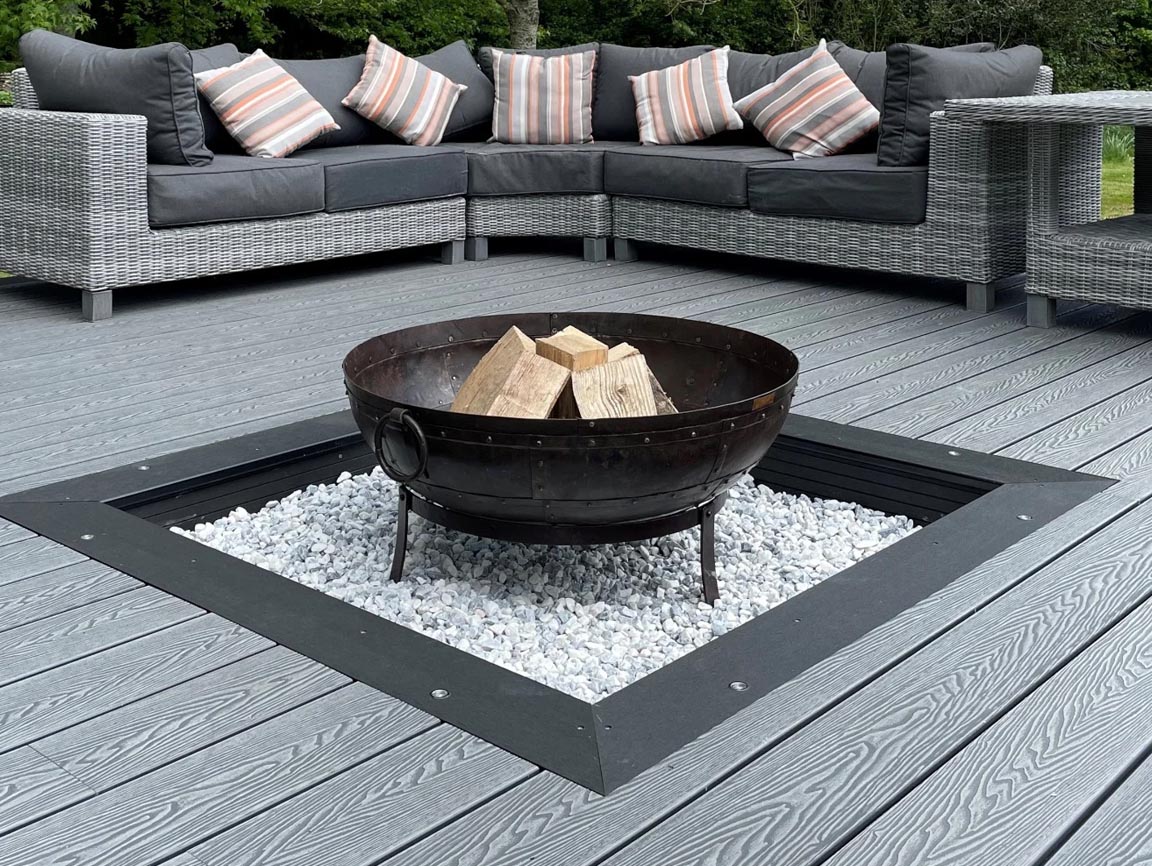
When it comes to choosing the right materials for your outdoor space, two options often come up in the conversation: wooden and composite materials. Both have their own set of advantages and drawbacks, making the decision between them an important one. Whether you’re building a fence or a deck, the material you choose will affect the overall aesthetic, maintenance requirements, and longevity of your investment. Here, we break down the key differences between wooden and composite fencing and decking to help you make an informed decision for your next project.
1. Aesthetic Appeal
Wooden Fencing & Decking
Wood has a natural, timeless appeal that many homeowners love. It offers a classic, rustic look that complements a wide variety of garden styles. Wood also has a warmth and character that you just can’t replicate with synthetic materials. Whether it's cedar, pine, or redwood, each type of wood brings a unique colour, grain, and texture that adds charm to any outdoor space. Over time, wood weathers beautifully, developing a rich, aged patina, though it can also fade or become grey if left untreated.
Composite Fencing & Decking
Composite materials have come a long way in terms of design, and today’s composite boards can mimic the look of real wood. With colour options like mahogany, cherry, and walnut, composite decking and fencing can closely resemble traditional wood while offering a more uniform and consistent appearance. Unlike wood, composite doesn’t age in the same way, so it will retain its look for years to come without the typical wear and tear.
Winner: If you’re seeking a traditional, natural look, wood is the winner. However, if you prefer a more uniform and modern appearance with less weathering, composite is the better choice.
2. Durability & Longevity
Wooden Fencing & Decking
Wood is susceptible to wear and tear caused by the elements. Over time, wood can crack, split, warp, or rot, especially when exposed to moisture, sunlight, and insects. Without regular maintenance like staining, sealing, or painting, wood can quickly degrade and lose its beauty. The life expectancy of wood varies, but generally, it needs to be replaced after around 10-15 years.
Composite Fencing & Decking
Composite materials, made from a blend of wood fibres and plastic, are engineered for strength and durability. They are resistant to the effects of moisture, insects, and harsh weather conditions. Composite fences and decks are known for their long lifespan—often lasting 25 years or more—without the need for staining or sealing. The resistance to rot, splintering, and fading makes composite a low-maintenance option for long-term use.
Winner: Composite wins in terms of durability and longevity. It requires less upkeep and will last significantly longer than wood, especially in challenging weather conditions.
3. Maintenance Requirements
Wooden Fencing & Decking
Wood requires regular maintenance to keep it in good condition. This includes cleaning, sanding, staining, and sealing to protect it from water damage and wear. Without proper care, wooden fencing and decking can lose their aesthetic appeal and structural integrity. Maintaining wood can be time-consuming and costly, especially if you live in a region with harsh weather.
Composite Fencing & Decking
One of the biggest advantages of composite materials is the minimal maintenance required. Composite fencing and decking don’t need to be stained, sealed, or painted to maintain their appearance. A simple wash with soap and water is often enough to keep them looking pristine. This makes composite an excellent option for busy homeowners who want to enjoy their outdoor spaces without the hassle of frequent upkeep.
Winner: Composite takes the lead when it comes to maintenance. It’s much easier to care for, making it the ideal choice for low-maintenance outdoor spaces.
4. Cost
Wooden Fencing & Decking
Wood is often considered the more affordable option upfront. However, the cost of wood can vary depending on the type of wood chosen (e.g., pressure-treated pine tends to be more budget-friendly, while redwood or cedar are more expensive). While the initial investment might be lower, the ongoing maintenance costs (such as staining and sealing) can add up over time. Additionally, the need for occasional repairs or replacements could increase the long-term expense.
Composite Fencing & Decking
Composite materials tend to have a higher initial cost than wood, but the price gap has narrowed significantly in recent years. While you may pay more upfront for composite materials, the lack of maintenance and repairs over time can make it a more cost-effective choice in the long run. Many composite products also come with warranties that offer peace of mind regarding their durability and performance.
Winner: Wood is more affordable initially, but composite provides long-term savings due to its minimal upkeep and extended lifespan.
5. Environmental Impact
Wooden Fencing & Decking
Wood is a natural material and can be sustainable if harvested from responsibly managed forests. However, untreated wood is prone to decay and often requires chemical treatments (such as preservatives) to extend its life. These chemicals can be harmful to the environment over time.
Composite Fencing & Decking
Composite materials are often made from recycled wood fibres and plastics, which helps reduce the amount of waste sent to landfills. Additionally, many composite manufacturers are committed to sustainability by sourcing materials responsibly and creating eco-friendly products. While composite may not be as biodegradable as wood, it is a more environmentally friendly option compared to pressure-treated timber.
Winner: Composite is the more eco-friendly option due to the use of recycled materials and its longer lifespan, reducing the need for replacement and waste.
6. Installation
Wooden Fencing & Decking
Wood is generally easier to work with for DIYers, as it can be cut, shaped, and installed using basic tools. For experienced professionals, installation is quick and relatively simple. However, when installing wooden decking, you’ll need to ensure the structure is properly treated to prevent moisture damage.
Composite Fencing & Decking
Composite materials can be more challenging to work with due to their density and the need for specialized tools for cutting and drilling. While many composite decking brands offer hidden fastener systems for a clean look, the installation can be more complex and may require professional help, which can add to the overall cost.
Winner: Wood wins when it comes to DIY installation, while composite may require a professional installer.
Conclusion
Both wooden and composite fencing and decking have their benefits, but the choice ultimately depends on your priorities. If you're looking for a traditional look, are willing to invest time in regular maintenance, and want a more affordable upfront cost, then wood may be the better choice. On the other hand, if you want a low-maintenance, long-lasting, and eco-friendly solution that can withstand the elements, composite could be the ideal option for you.
Each material has its strengths, and understanding the long-term costs, maintenance requirements, and aesthetic goals will help you make the best decision for your project.


